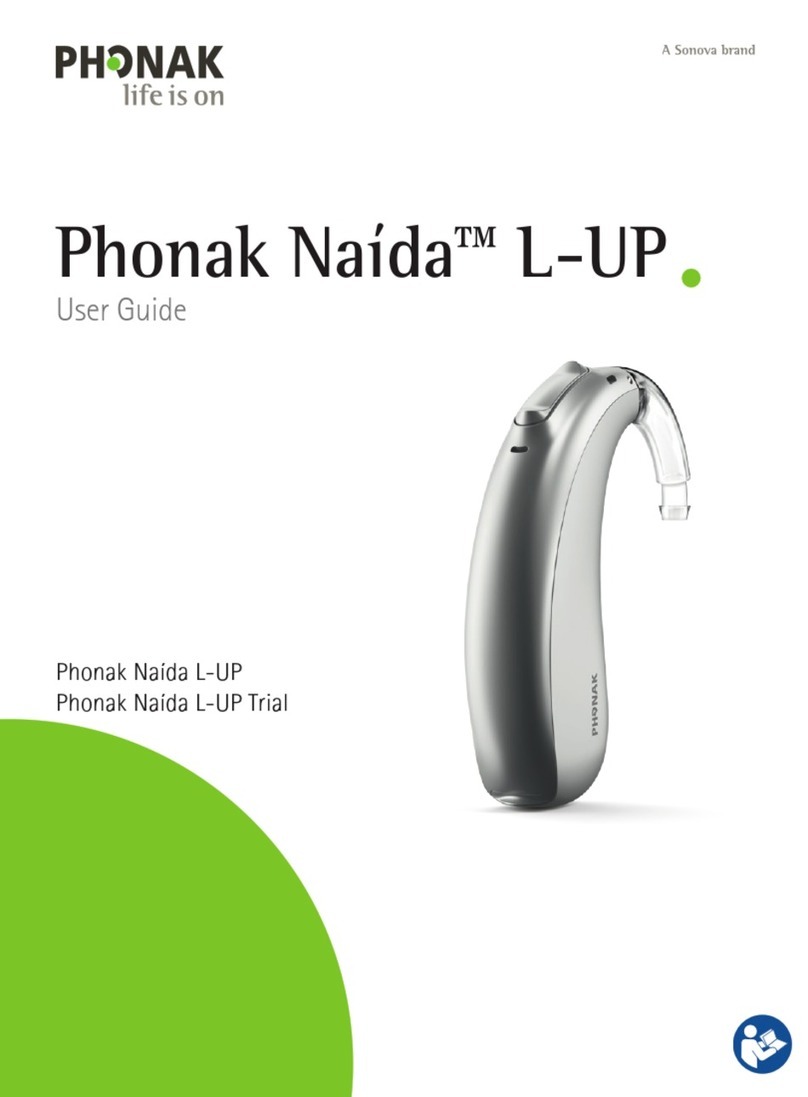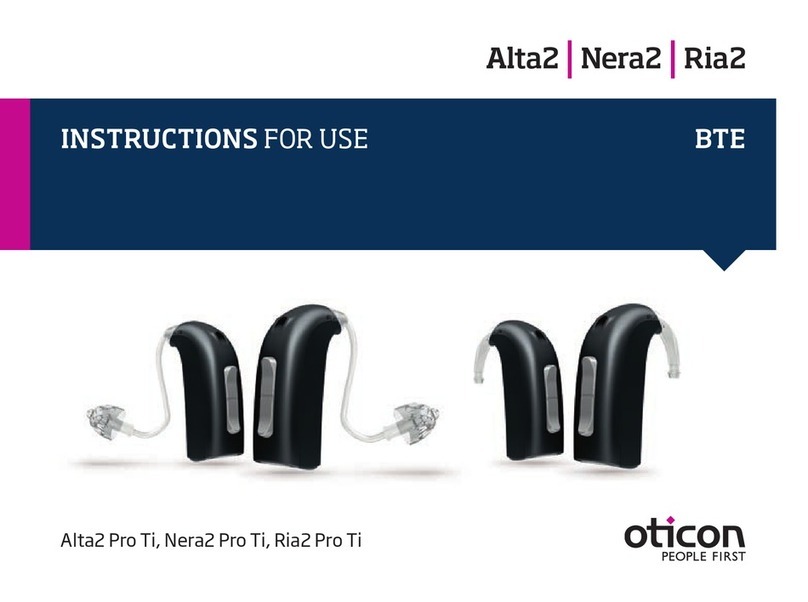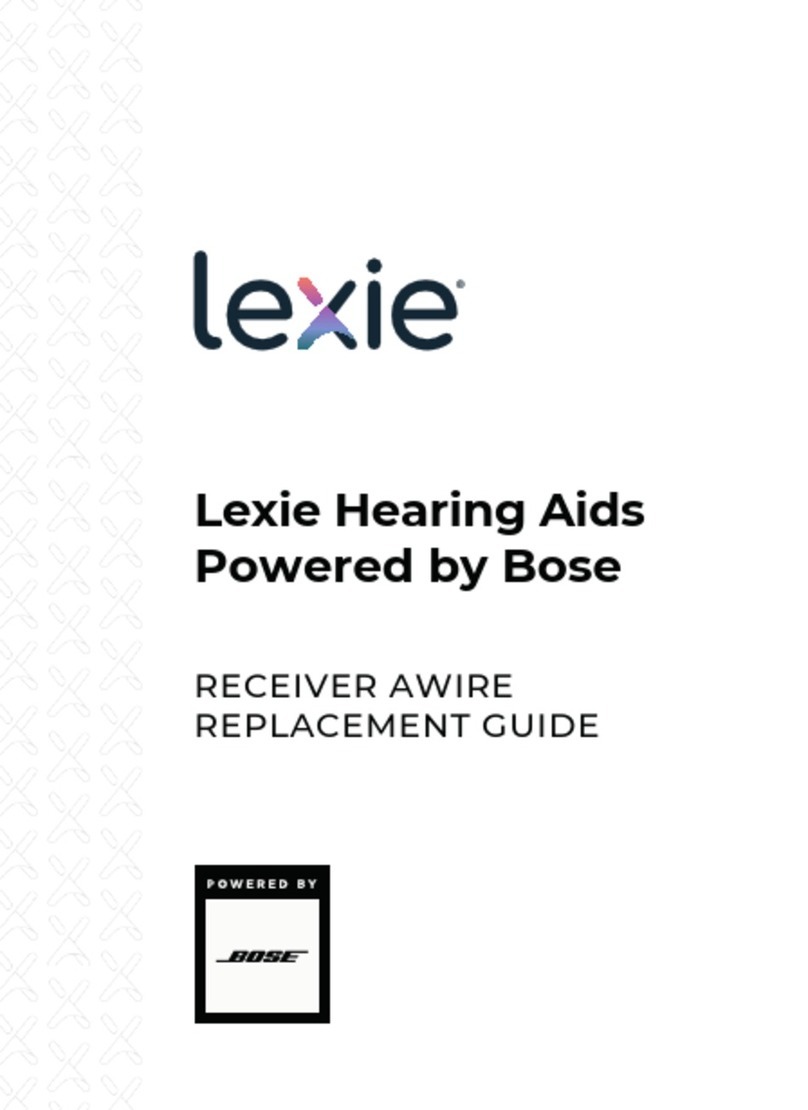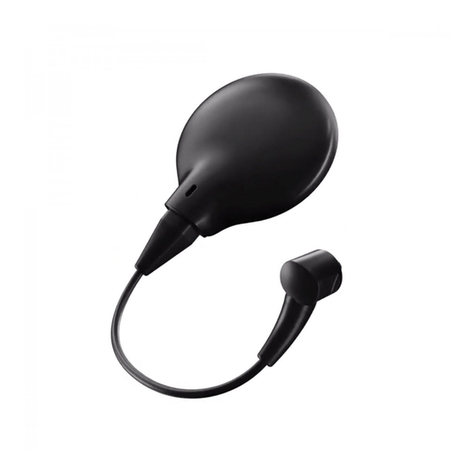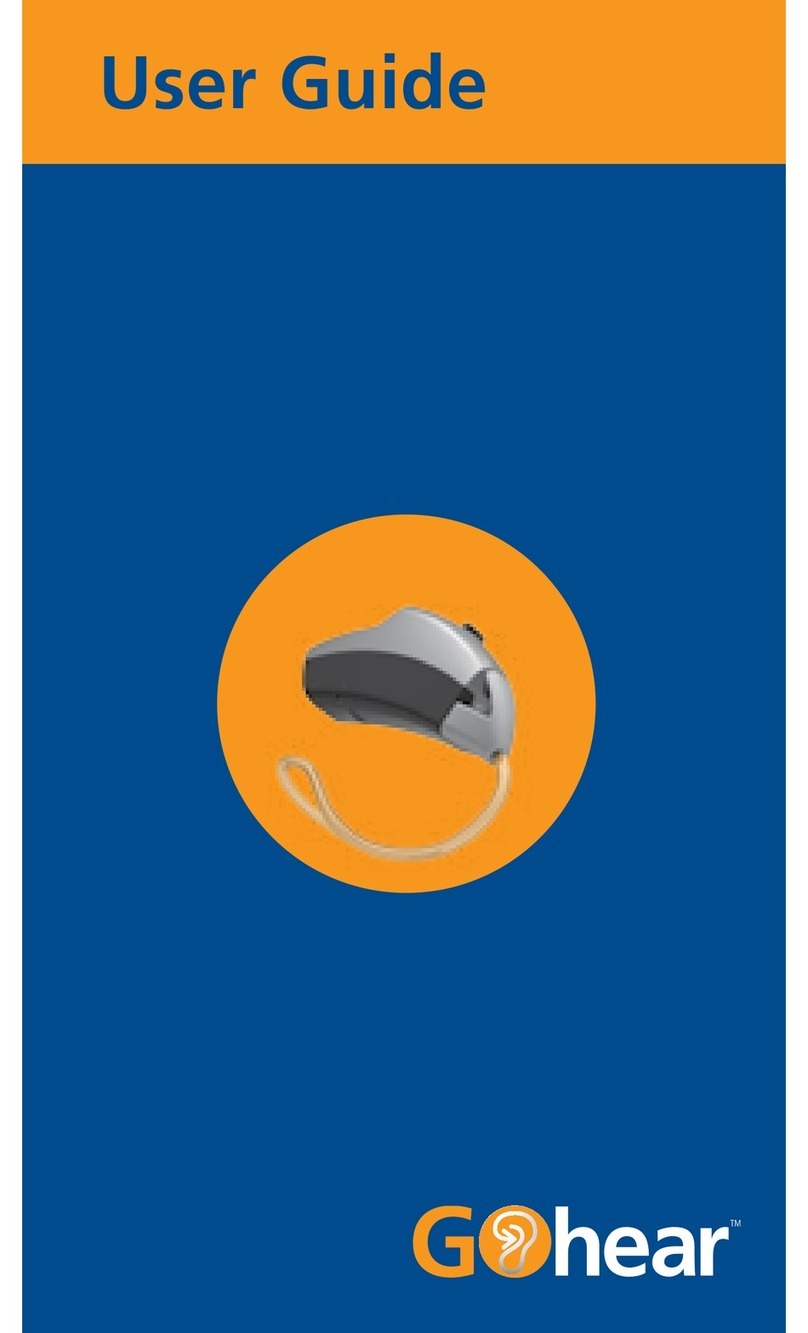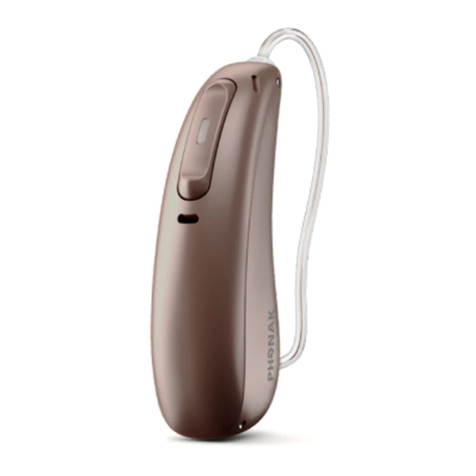Phonak Roger Focus II-312 User manual
Other Phonak Hearing Aid manuals
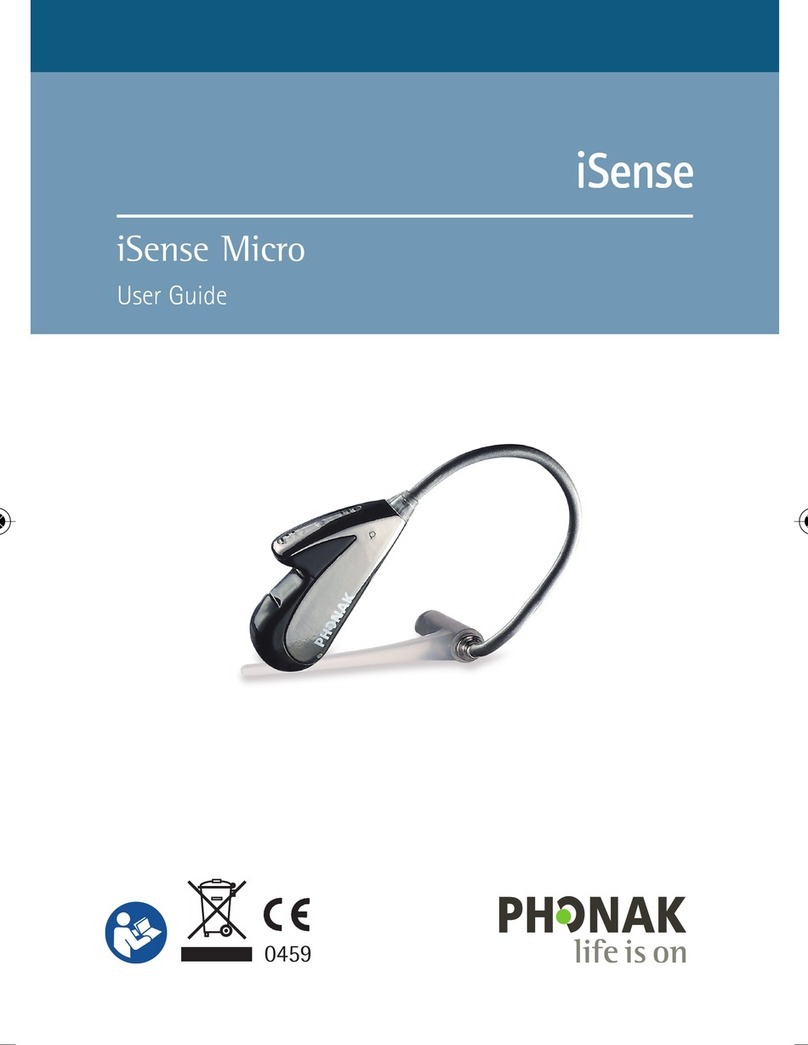
Phonak
Phonak iSense Micro User manual

Phonak
Phonak Phonito Nano User manual

Phonak
Phonak ComPilot User manual
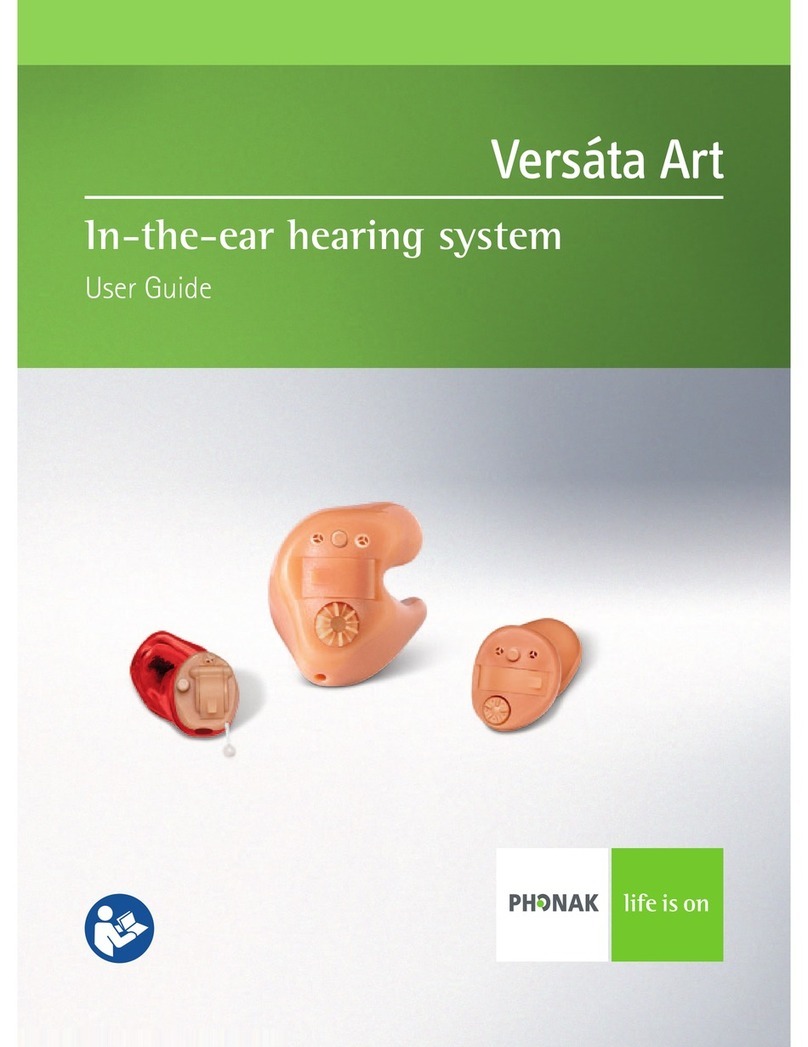
Phonak
Phonak Versata Art User manual
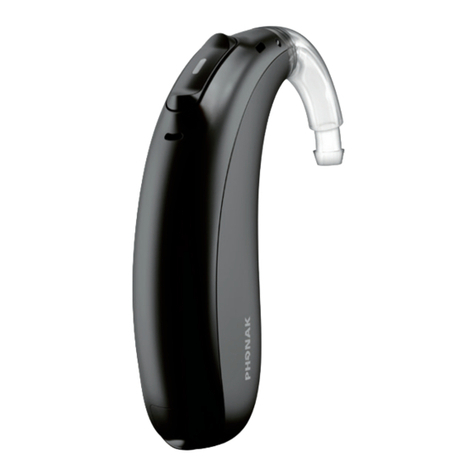
Phonak
Phonak Naida Link M User manual
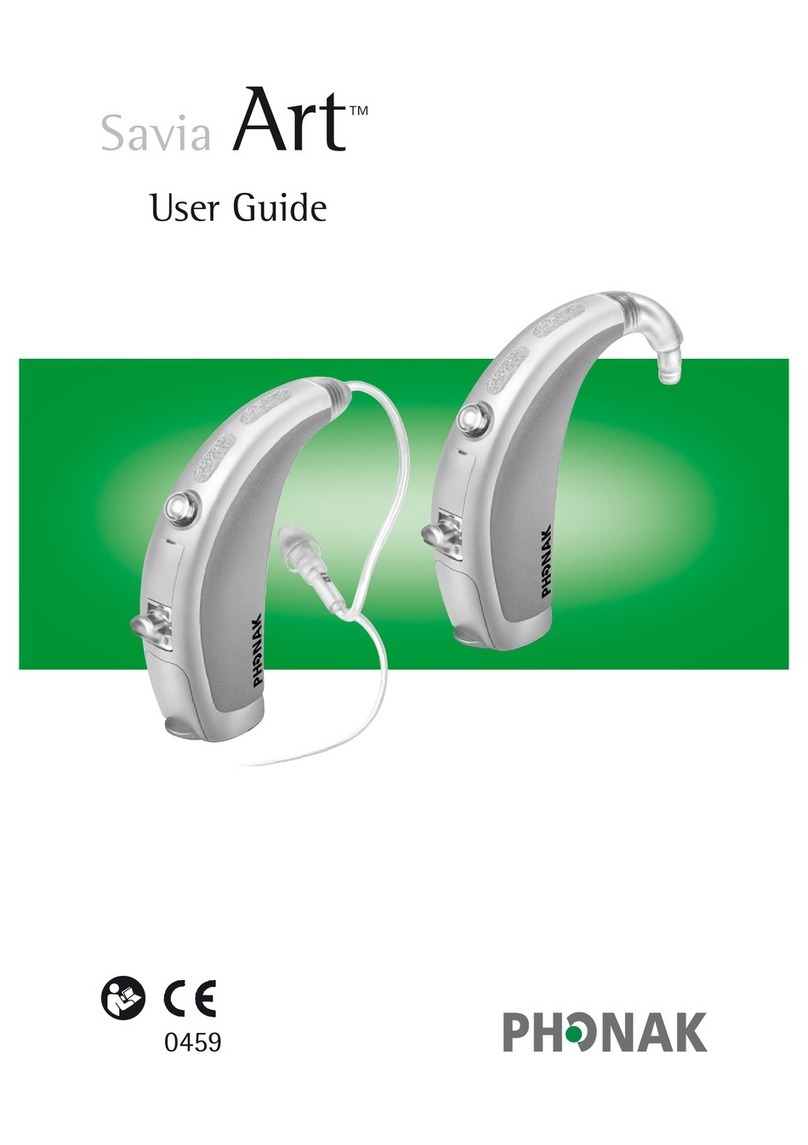
Phonak
Phonak SaviaArt User manual

Phonak
Phonak myPilot User manual
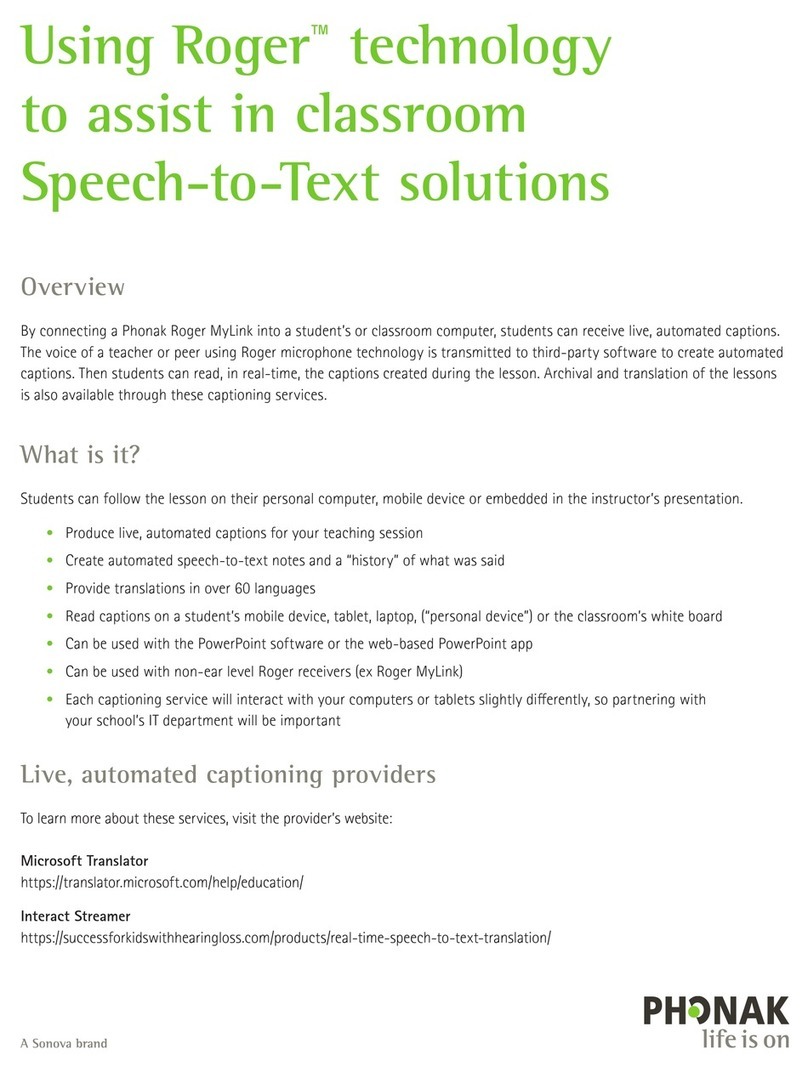
Phonak
Phonak Roger Mylink User manual
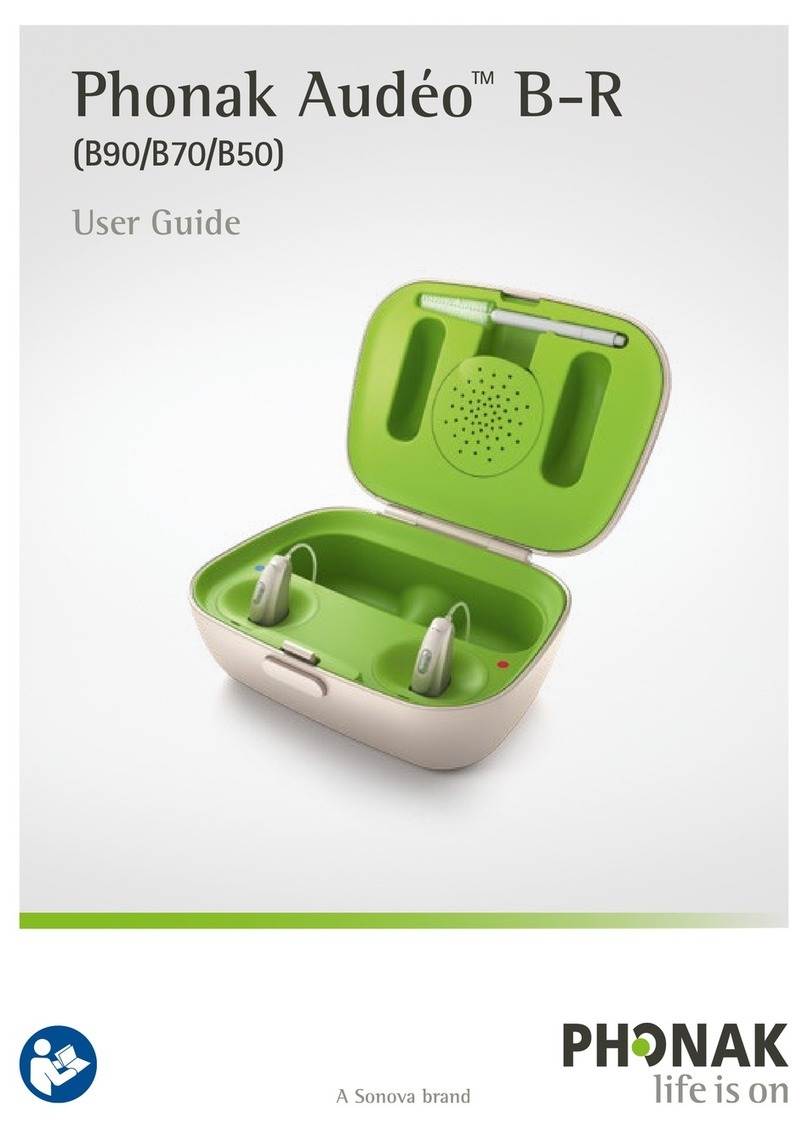
Phonak
Phonak Audeo B90-R User manual

Phonak
Phonak Q90 User manual
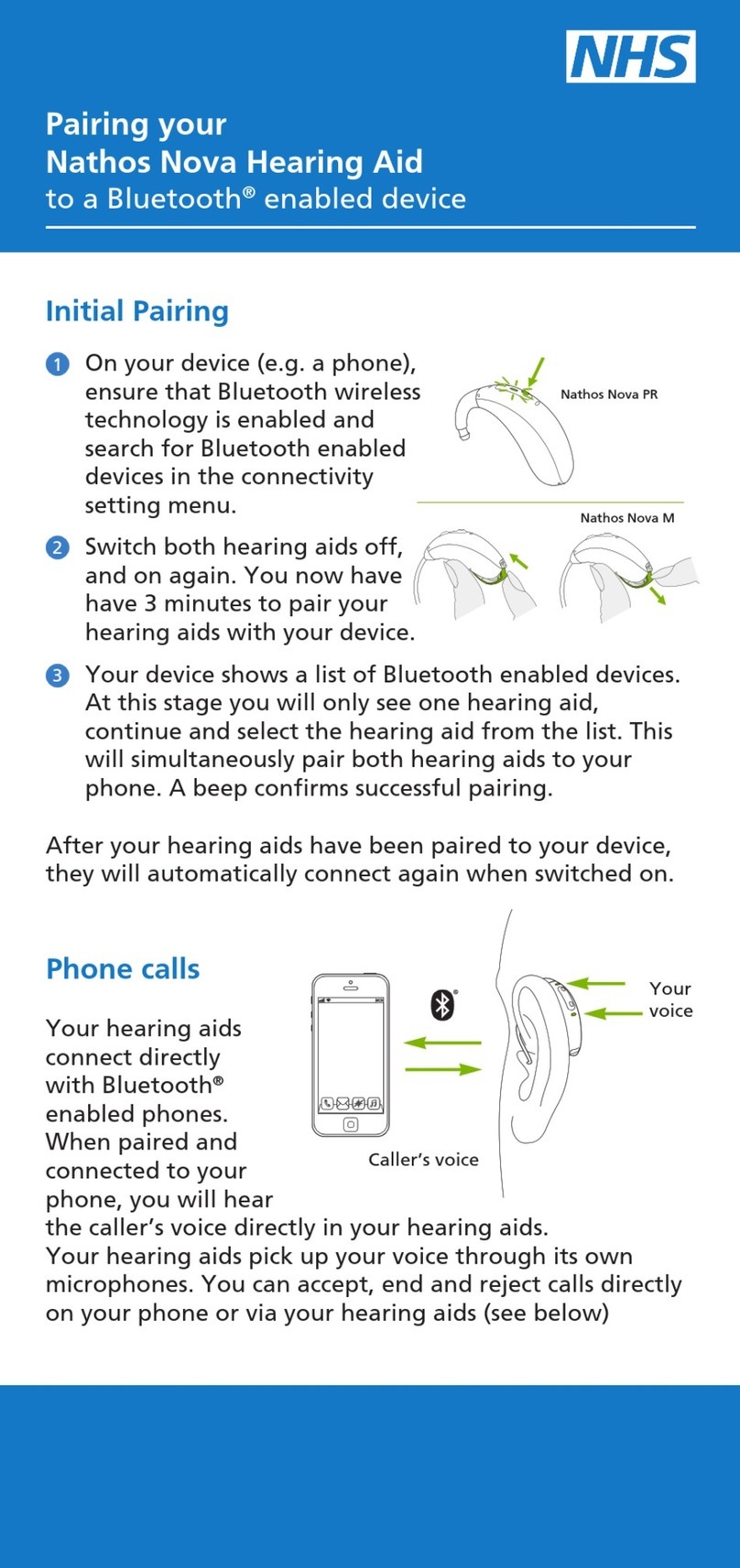
Phonak
Phonak NHS Nathos Nova User manual

Phonak
Phonak RemoteMic User manual
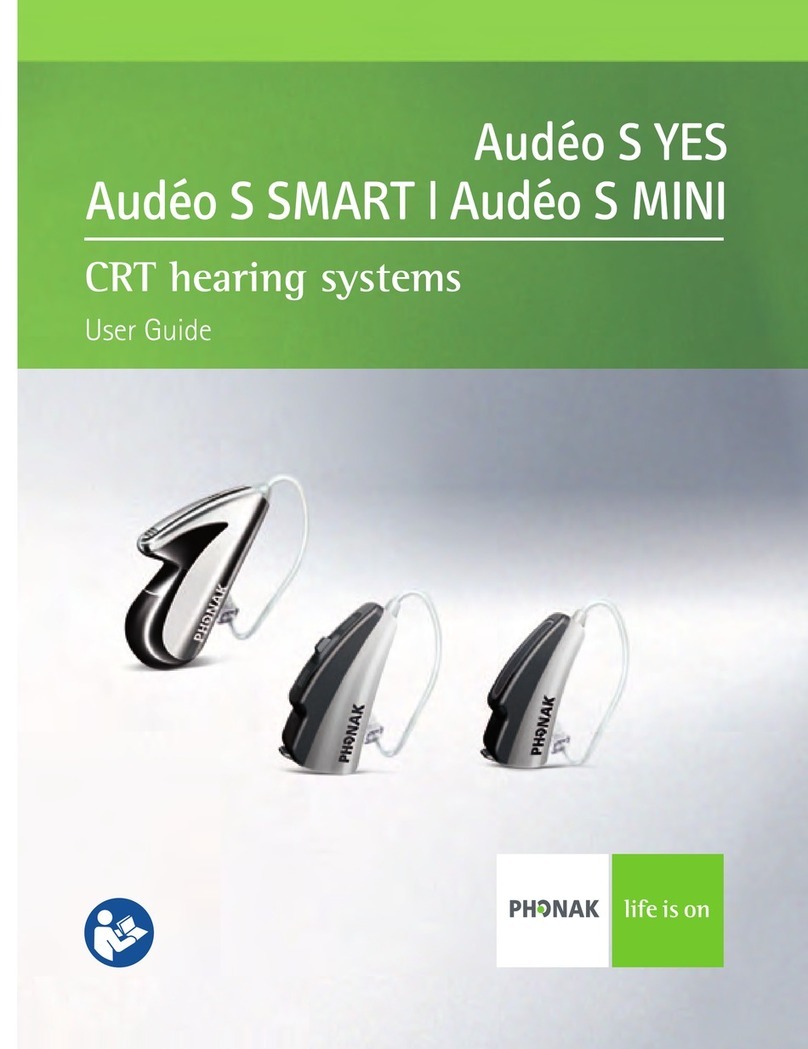
Phonak
Phonak Audeo Yes User manual
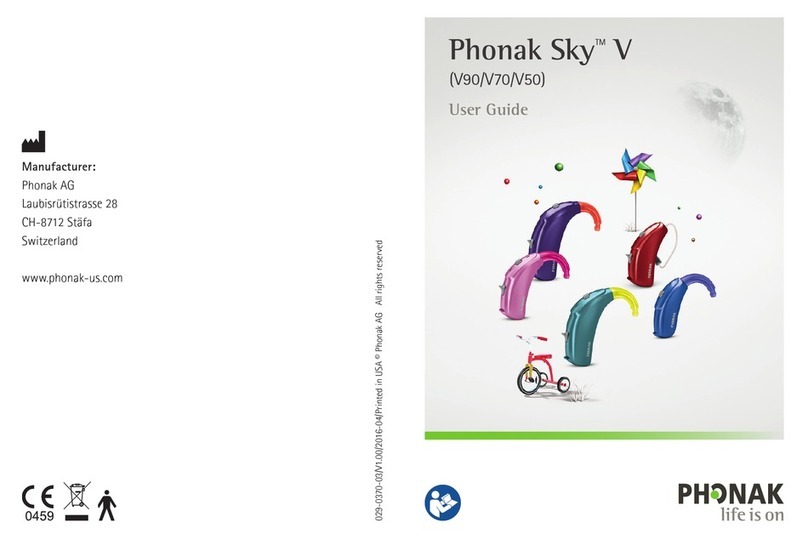
Phonak
Phonak Sky V 90 User manual
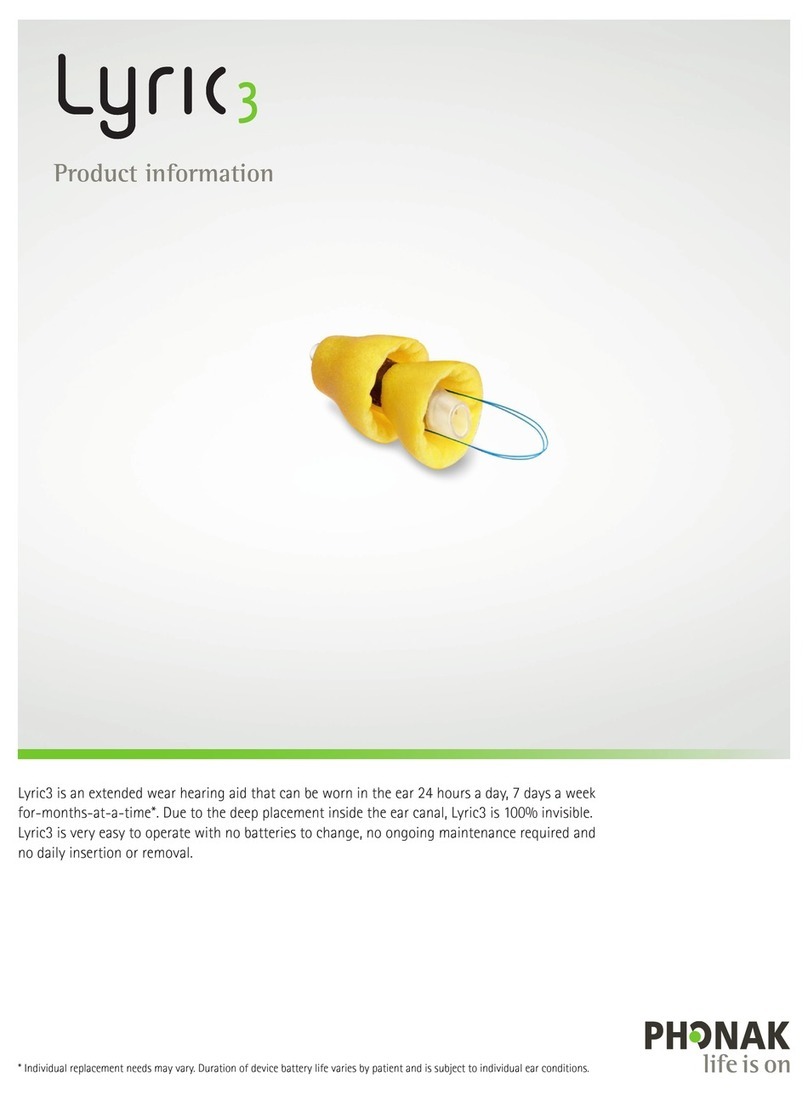
Phonak
Phonak LYRIC3 User manual
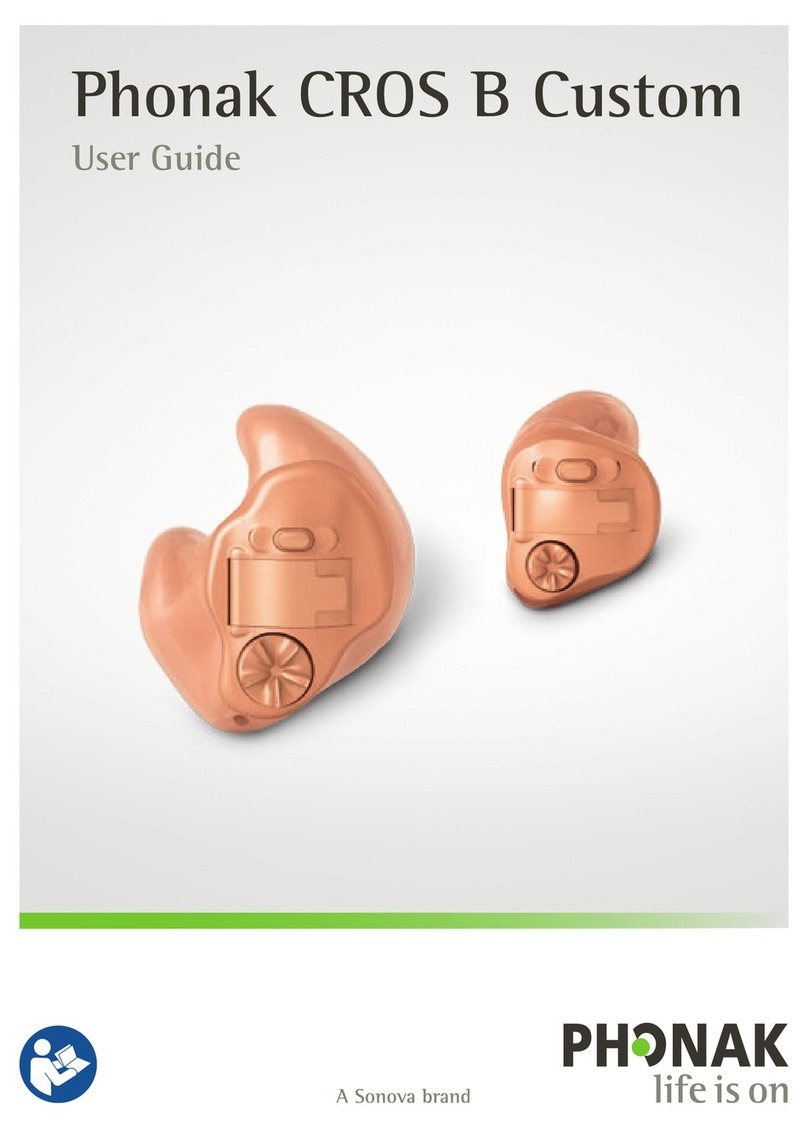
Phonak
Phonak CROS B-312 User manual
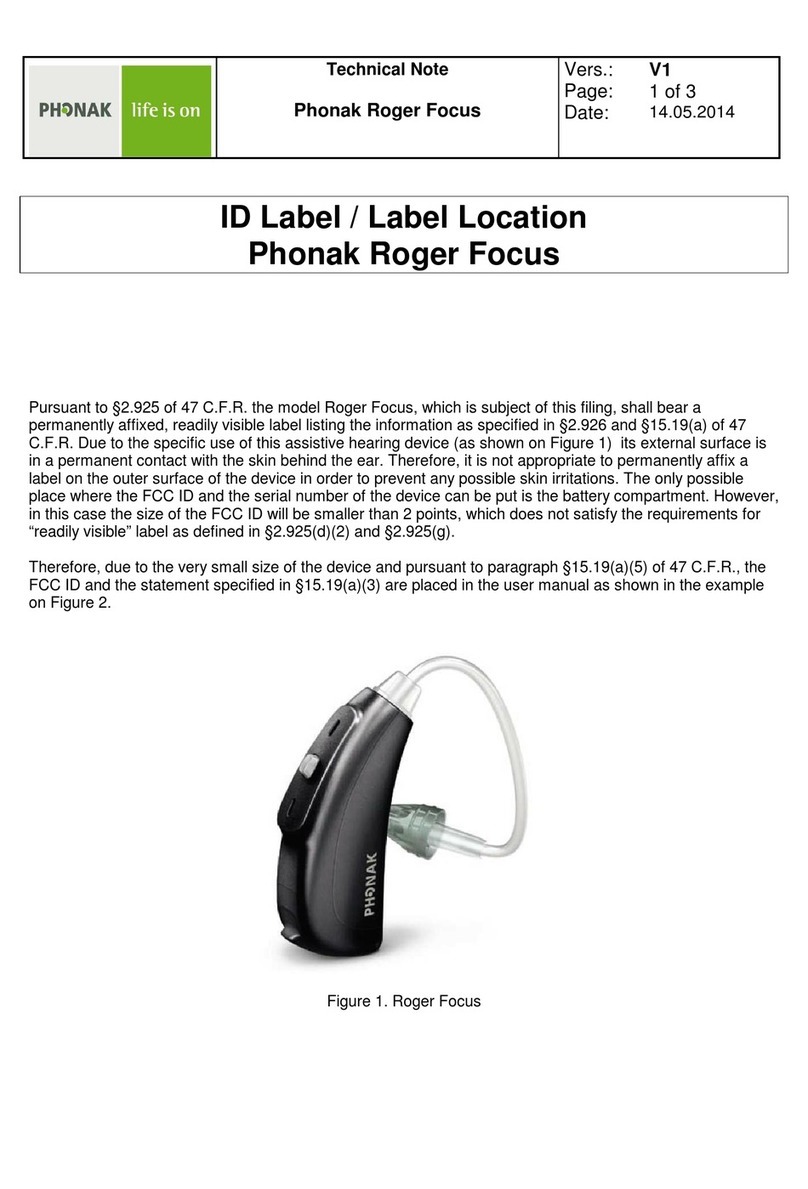
Phonak
Phonak Roger Focus Instruction Manual

Phonak
Phonak Audeo V90-10 User manual
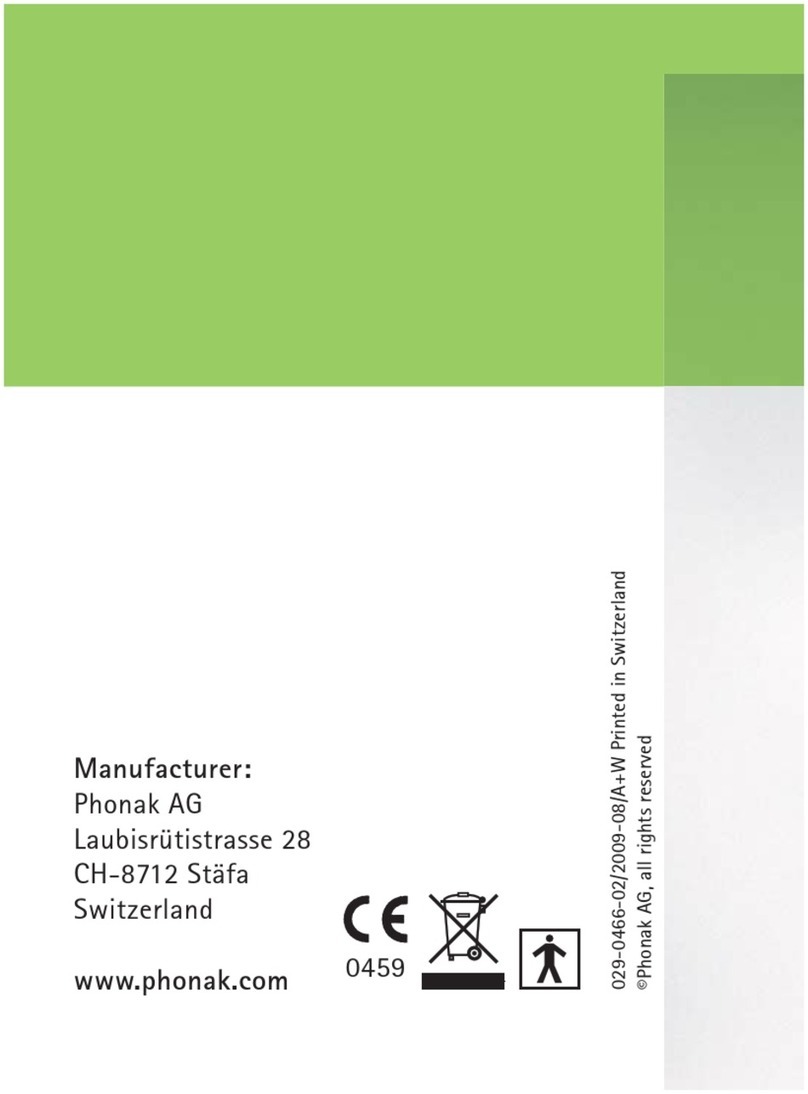
Phonak
Phonak Audeo MINI User manual

Phonak
Phonak Audeo P90-R User manual

